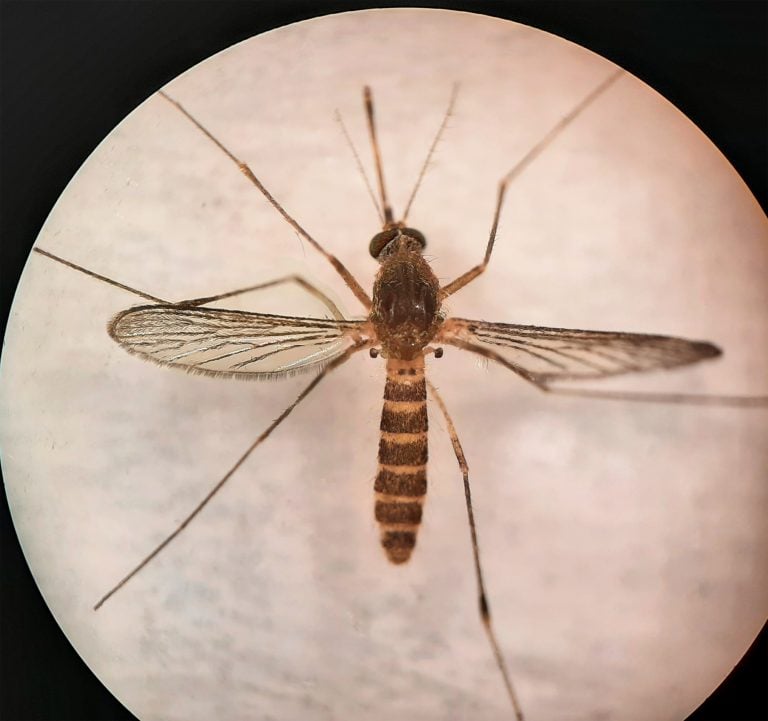RESEARCHERS have detected Sindbis Fever for the first time on the Iberian Peninsula.
Mosquitoes captured in Malaga, Sevilla, Huelva and Cadiz were all found to be carrying the illness by the Carlos III Health Institute (ISCIII) and Doñana Park’s Biology Centre (EBD-CSIC).
It is normally asymptomatic but can include symptoms such as itching, mild fever, joint ache, nausea, malaise, headaches and muscle pain.
The virus is primarily transmitted between birds but can be transmitted to humans if a mosquito which has pricked a bird then pricks a human.
“It’s the first time we have detected the virus on the Iberian Peninsula but we know it goes around in other areas such as Scandinavia and Algeria where there was an outbreak a few years ago,” said Jordi Figuerola, researcher at the Doñana Biological Centre and leader of the Ecology and Evolution of Zoonoses Group at the CIBER of Epidemiology and Public Health.
According to the researchers, the virus probably came to Spain from African migratory birds.
Although it is the first time it has been detected in Spain, scientists explain that it could have been here before.
It was discovered by accident while researchers were testing mosquitoes for West Nile Virus.
The samples were sent to the National Microbiology Centre for analysis, where Sindbis Fever was detected.
This triggered a bigger investigation using over 31,000 mosquitoes captured across Andalucia in 2022.
It was found in 12% of cases from five different species of mosquito, though the Culex Perexiguus showed the highest infection rate.
“The study demonstrates the virus could have been circulating and threatening public health long before human cases were detected, so it is very important to know the possible spread of this virus in Spain and establish the real impact it may have on the health of the population,” said Figuerola.
“It’s one more reason to protect ourselves from mosquitoes,” the scientist continued.
He advised using mosquito nets on windows and not allowing water to accumulate in the home where mosquitoes can breed.
Click here to read more Spain News from The Olive Press.








